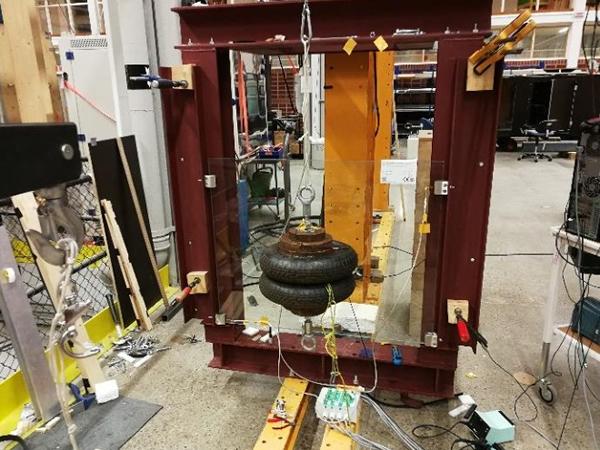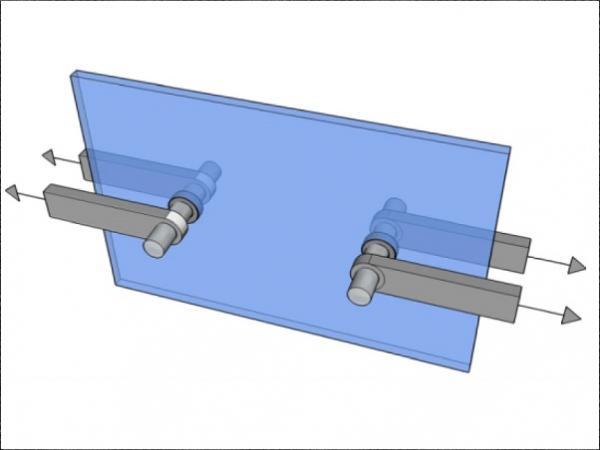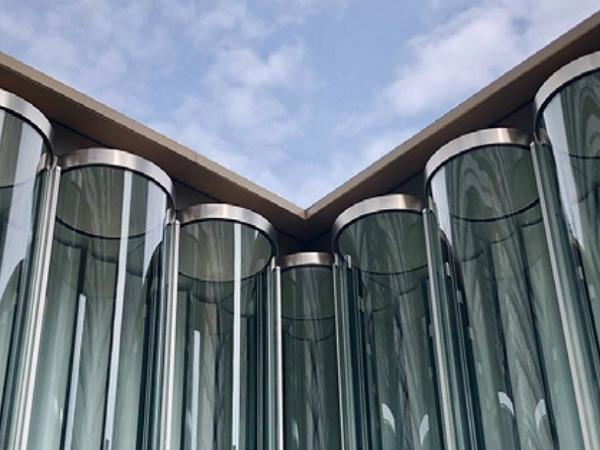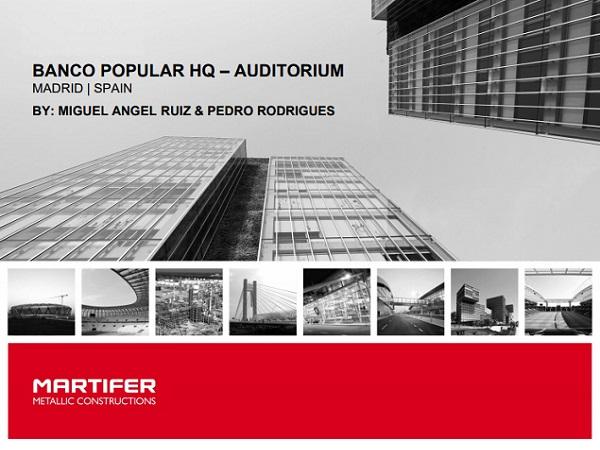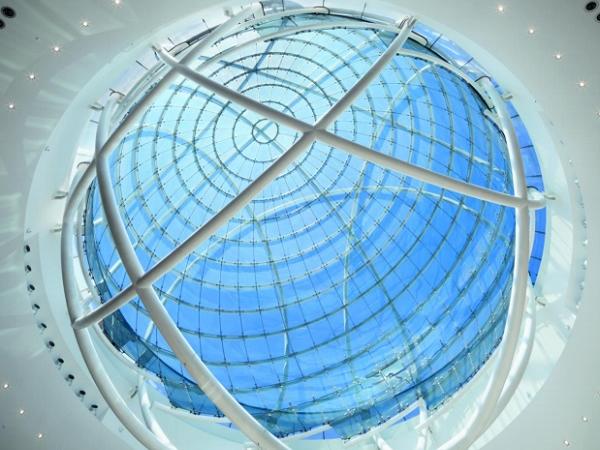Others also read
| The present paper presents an ongoing research project considering the failure of glass at high strain-rates. It provides a brief review of existing studies showing a strength increase with loading rates relevant for e.g. blast loads.
| The load-bearing capacity of glass as a structural material as well as sustainability and resistance of a built-in glass against appearing loads and forces is assuming an ever-greater importance.
| This study forms part of a wider research programme that aims to better address the end-of-life challenges and opportunities in façade design for re-use.
| This paper presents the experimental results of a three-point bending test conducted on laminated glass at elevated temperature in an environmental chamber.
| The study describes the results of the principal applicability of fiber optic strain sensors to evaluate the structural behaviour of laminated glass and provides the basis to define a model for the material characteristics of viscoelastic interlayers.
| The determination of interlayer modulus data is complex.
| The structural glass for this globe structure is created with laminated double curved glass panels patch supported by a steel structure.
| The post-breakage behavior of glass beams is not easy to predict, therefore Octatube performed a range of tests on different glass fins varying the test setup.
| The paper presents an overview of the work completed within the on-going research project “Structural safety of glass components” carried out at the Silesian University of Technology, Lund University and RISE Research Institutes of Sweden.
| The development of structural details in glass connections is the main topic of this research.
| The Surface Compression Stress (SC) data, collected by Stazione Sperimentale del Vetro, were analysed to compare the measurements carried out by Scalp-05 (Scattered Light Polariscope) and Laser Gasp (Strainoptics’ GASP® Polarimeter).
| This presentation offers a new perspective on limit device design and specifications especially due to construction phase and post-occupancy habits in urban environments.
| This paper deals with the development and construction of a novel 2,308 sqm glass tube façade engineered by Eckersley O’Callaghan (EOC) as façade consultant and turned into reality by seele.
| The cold bending of glass in unique facades have been successfully completed in the past using structural silicone glazing (SSG) as the sole method of retention of the bending membrane.
| The author compares different existing and new application systems for interleaving material for bending windshields.
| The performance of the glazed sections of the facade is essential for providing the maximum possible comfort for the building occupants, while minimizing the energy and resource demands of the building.
| This paper proposes system concepts and fabrication methods for the use of ultra-thin glass in facades.
| Recently, the uniform load resistance of enamel coated glass plates has become a topic of interest with respect to proposed changes to ASTM E1300.
| A new design of structural glass application is presented, based on a horizontal self-bearing and pre-stressed glass solution.
| This document refers to a small explanation of the Auditorium execution process from the design and development of the technical solution, testing, manufacturing, to its final execution.
| The paper will provide an overview of the currently applied engineering approach in the industry for curved hot bent glass in the absence of standards and codes.
| Glass balustrades are a common application of laminated glass, wherein the glass panel acts as a structural member that is required to sustain lateral design loads as stipulated by building regulations.
| In several standards such as EN 1288 test scenarios for the determination of strength of glass is described.
| This paper presents the results of an exploratory study into the metal-to-glass bond strength of a structural polyvinyl butyral (PVB) interlayer.
| The fragment count in the standardized fragmentation test in the standard EN 12150-1 is the way to define the safety level of tempered glass and a way to also get an indication about the stress and strength level of the tempered glass.









